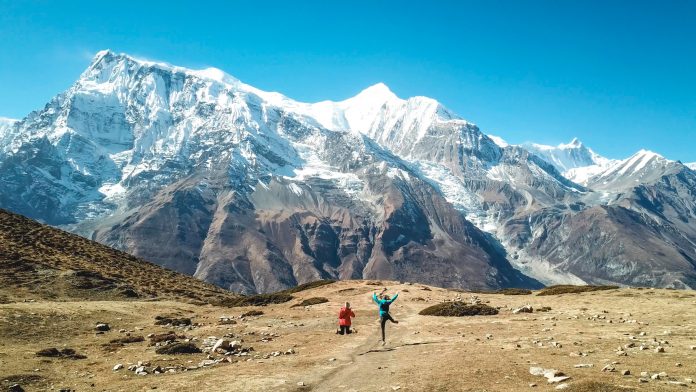The Annapurna circuit trek is one trek that is open almost all year round. Having said that, some months are better to trek than others. In this blog, we will talk about the weather conditions, the kind of terrain, the amenities available, and a couple of other things that can help you decide on which month you should choose for your trek to the Annapurna range.
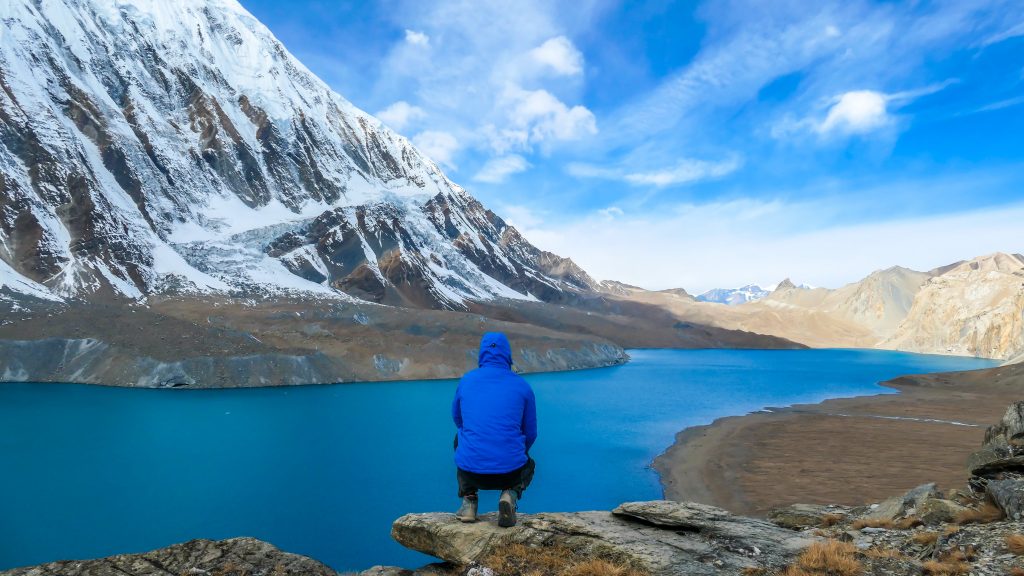
The Annapurna trek route is multi-weather. You get to experience the subtropical, temperate, and cold climates on one trek. However, the degrees of these may vary, which is what would be your deciding factor. Most people trek in spring or autumn, given the moderate weather and more conducive hiking conditions. While you can trek for the Annapurna circuit throughout the year, just steer clear of the June-August season, which is stormy, and flooding and avalanches keep happening. The Sep-Nov season brings clear skies, but the preceding monsoon season surely leaves its impressions. The Feb – April season is usually hot with longer days, but the lower elevations can be foggy. Winters would see reasonably clear but cold weather; however, sometimes, heavy snowfall could result in a delay.
So, as you can see, all the seasons have positives and negatives. Let us now explore each of the individual seasons and their impending conditions so that you may decide accordingly.
To begin with, the image below shows how the weather changes in the Annapurna region. This is an indicative estimate of how we feel the trek is like in the respective seasons.
However, we will discuss this in detail in the sections ahead.
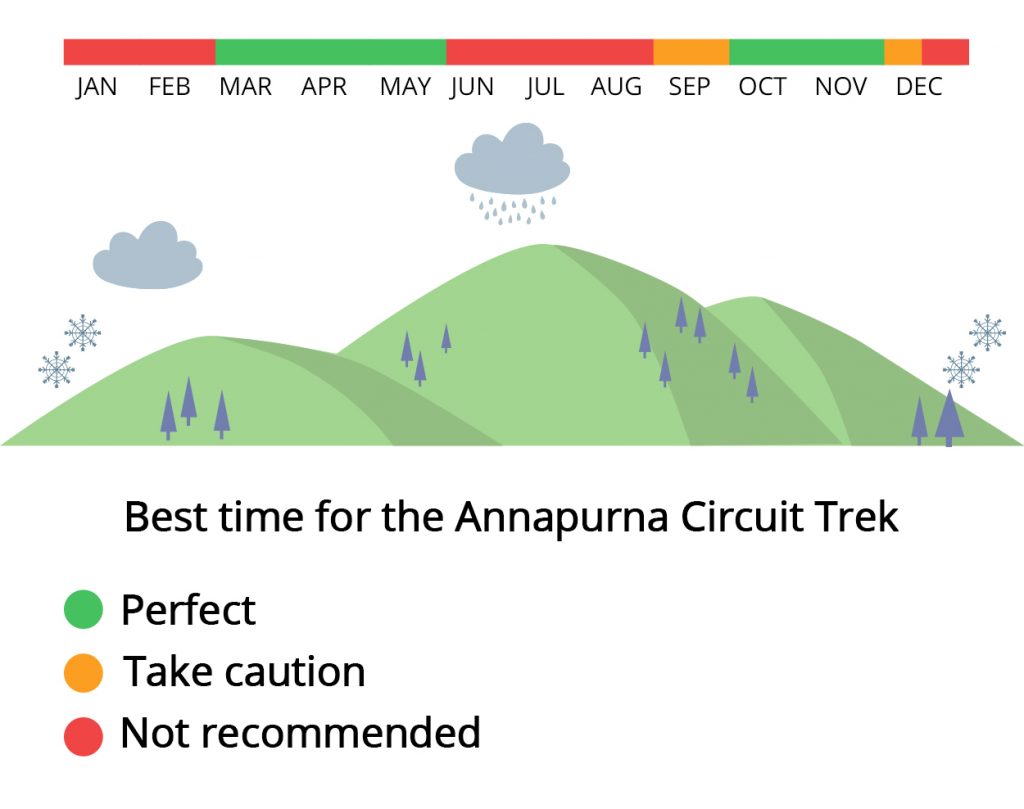
Understanding the weather of the Annapurna Circuit Trek
The Annapurna circuit trek, as we mentioned earlier, experiences wide changes in the terrain and hence the weather too. Thus the seasons are a mix and match of good and bad across the landscape. Therefore, let us have a look at the entire scenario month-wise to get a better understanding.
The Sept-Nov Phase:
If you travel in early September, say the first week or ten days, you may still be in the monsoon season. While on paper it has to be post-monsoon, it can rain with chances of rainstorm too. However, post 15th Sept, or so, the weather is surprisingly calm and clear. The possibility of rain or snow is minimal at best, and the temperature is moderate too. The mornings and evenings are specifically calm and serene. You may as well call it the pre-winter or autumn season here, and as we get closer to the end of Nov, the temperatures start falling significantly, with the evenings getting colder by the day.
The March to May Phase:
The March to May phase is the spring season and the most common time for trekking. The mornings and nights are cold, with the temperature hitting the 7 degrees mark, but that is about that. The daytime temperatures would range from 15 to 24 degrees Celsius with almost zero downpour and clear skies.
The vegetation is full of blossoms, and you will see Rhododendron bushes all along the trek. Numerous wildflowers that are colourful and pleasantly fragrant can also be seen at the lower heights.
Given the temperatures, the rivers swell and create picturesque waterfalls, and you will have an amazing time trekking while listening to the birds singing. The clearer skies further result in you getting extremely clear and breathtaking views of the peaks.
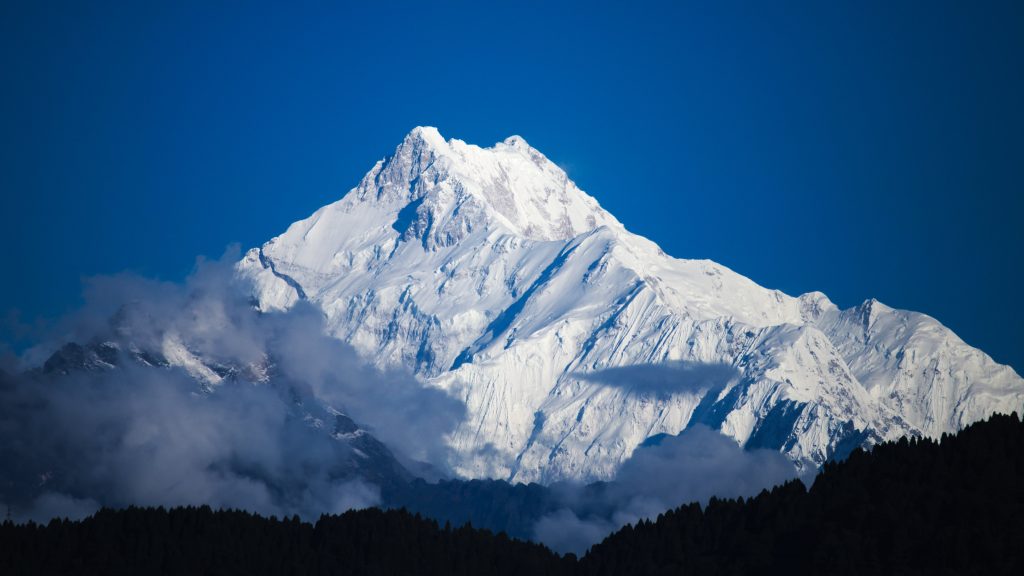
The June to Early July Phase:
Summer in Nepal starts from June and ends around early July. While the temperatures rise, the region experiences heavy rainfall too. While the Annapurna region may not experience a downpour in all its parts, the treks become slippery. In addition to this, the probability of landslides also increases. And if this wasn’t enough, many bugs and mosquitos are born around this time because of the water that stagnates.
In addition to this, due to the cloudy and rainy climate, you’ll be unable to get any views whatsoever, and if you cannot see the Annapurna, why exactly would you trek? So while there is good vegetation growth and the scenery looks beautiful, we suggest that it isn’t the time to be adventurous and take risks.
If you want to go, though, go in August when the rains have comparatively lessened and the weather has cleared. Plus, the Yarlung Mela also happens in Muktinath around the full moon of August and is a major attraction. This fair continues for three days and is full of horse races, weaponry shows, and multiple cultural programs that you would surely enjoy.
The December to February Phase:
The trekking during the winter season is practically closed throughout. This is because it may snow at any time, and with the paths covered in snow, the passes remain shut too. Thus, we do not suggest taking the trek during winters.
However, if you are someone who has been preparing for a tougher trek or expedition, maybe you could take the ACT during the early December period. Make sure that you carry appropriate gear and are mentally ready for the difficulties that may come your way on the trek.
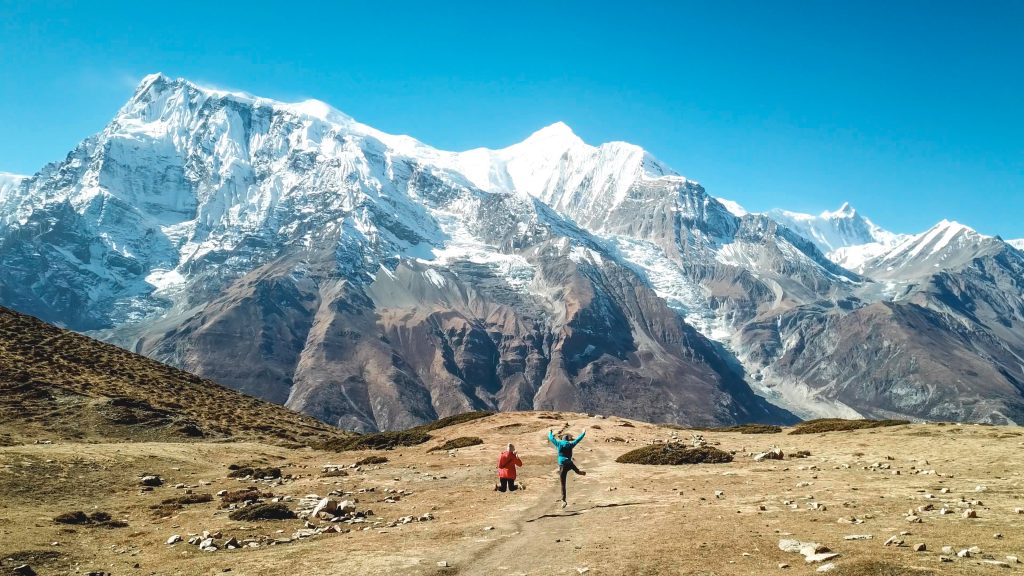
A special section on the Flora: For the Nature Lovers
- No prizes for guessing that spring and summer will make for the best times to trek if you want to see nature in its full glory. If you choose to trek in the Feb-April period, you will see buttercups, cinquefoils, rhododendrons, orchids, magnolias, primulas, blue irises, and Himalayan poppies. The blue poppy, specifically, is one wonder of nature that would fill you with awe. It is not for nothing that it is known as the Queen of the Himalayas. This flower grows in the Annapurna Conservation Area and is usually very hard to find.
- On the other hand, while most flowers are gone in the Autumn season, you will get to see the beautiful cherry trees. In addition, the alpine region of the trek would be full of an amazing cover made out of junipers, pines, and oaks.

Summary: Annapurna Circuit Trek Month By Month
We thought that instead of giving a generic conclusion like we usually do, this time let us just summarise the entire discussion so that you may make an informed decision.
- Sept-Oct-Nov is the autumn season with Oct being the best time of the year for any Himalayan trek in general. The monsoons have cleared around this time, the dust has settled, and the breeze is pleasant. However, it is the peak trekking season, so the tea houses will be busy, and flights can be expensive.
- Mid Nov-Dec is the season for those who are seeking some adventure. The days are cold, and the nights are colder. There can be delays or detours because of sudden snowfall or poor visibility.
- January is marked with heavy snowfall, and if someone still chooses to trek, then the Thorong La Pass will be found blocked more often than not.
- February, March, and April bring along warmer and longer days and offer a pleasant alternative to the busy season of trekking in autumn. The rhododendrons will be in full bloom in this season.
- May would be warm, but you can experience the pre-monsoon showers, so be ready with your rainy season gear should you trek in this month.
- The monsoon season starts in June, July, and August and brings heavy rainfall, floods, landslides, and infections. The scenery becomes exceptionally green and beautiful, but nobody wants to get caught in Himalayan rains, so avoid this time altogether.
Related blogs:
ACT- Checklist of all things to pack for Annapurna Circuit trek
